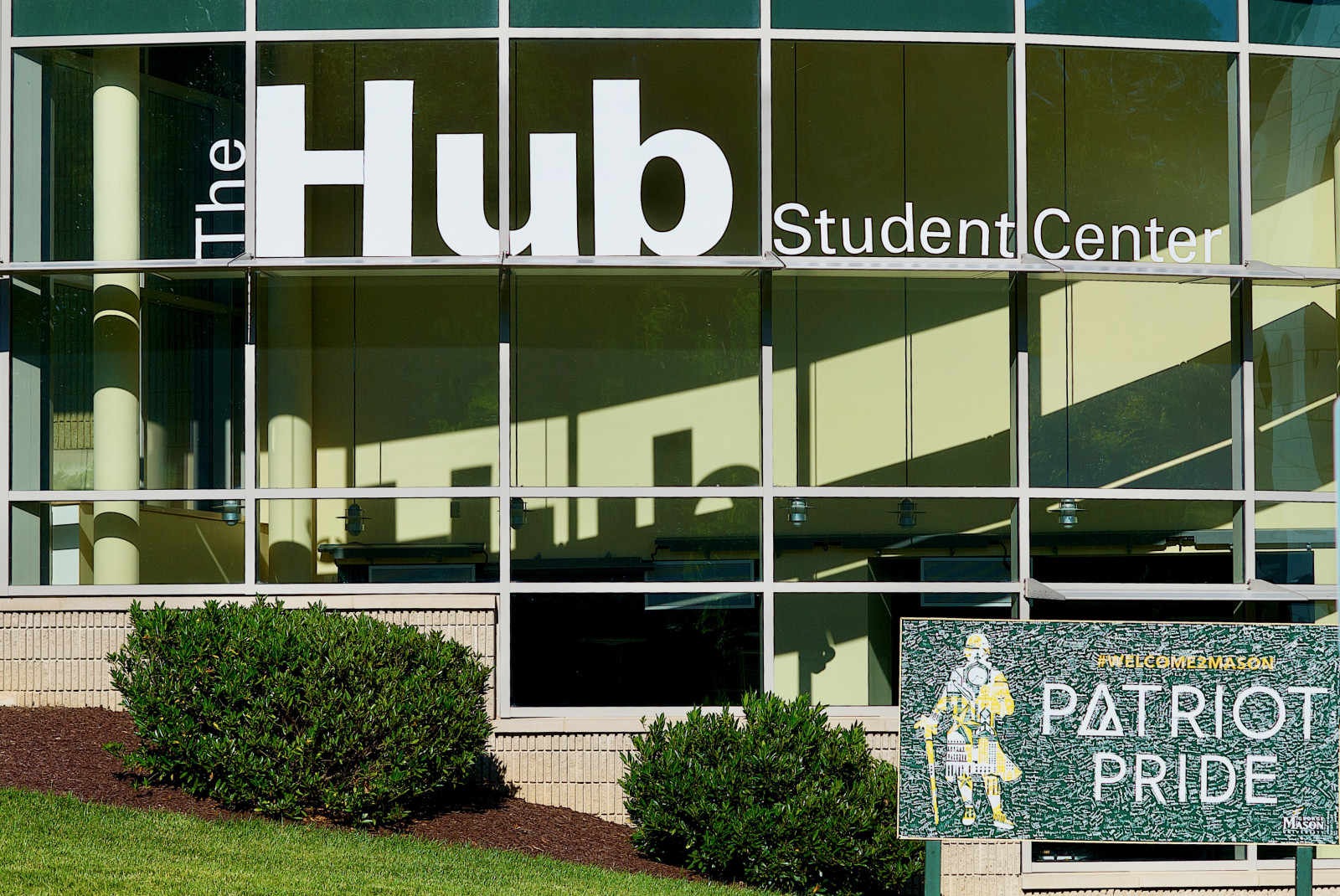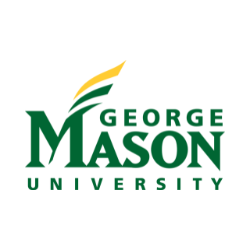At George Mason University, CourseLeaf is a Game-Changer

“It’s amazing how much time and energy the CourseLeaf software saved us.”
- Anne Firth, Senior Academic Scheduling Manager George Mason University
Academic schedulers are saving time and avoiding stressful, last-minute schedule fixes
The way Anne Firth of George Mason University sees it, CourseLeaf is “the best thing” that has happened in the world of course creation and scheduling in a long time.
One of the Virginia campus’s most senior academic scheduling managers, Firth, remembers when she used to print out dozens of spreadsheets and ask academic department staff to use Excel to manually highlight any changes they were making.
“The spreadsheets were a mess because departments would either fail to mark changes or make notations that no one could read or understand,” Firth recalls. “We were constantly deciphering notes that made no sense.”
George Mason converted to CourseLeaf software in 2017, starting with CLSS and adding CIM and CAT a bit later. Today, staff members spend less time on course creation and scheduling, and as a result, when some of Firth’s colleagues recently retired or moved into new positions, they were not replaced.
But perhaps the biggest test of CourseLeaf’s functionality came when the Covid-19 pandemic forced George Mason and other colleges and universities to be incredibly agile with course scheduling, moving from in-person to online and back to in-person in the span of a few months.
For Firth and her colleagues, CourseLeaf software was a lifesaver, an organizational tool that she credits with “bringing us back from the brink of chaos.” “If we had still been doing things by hand, we would probably still be making course edits now,” she says. “It’s amazing how much time and energy the CourseLeaf software saved us.”
“In love” with CourseLeaf
“Love” is a strong emotion and one that Firth does not often associate with computer software, but she says there’s a lot to love about CourseLeaf.
When she thinks back to the digital spreadsheets that her department used to generate and distribute to academic departments so that they could update a course and its schedule, she recalls how the forms would inevitably come back with errors that, while unintentional, still required fixing. These fixes often required multiple conversations via email and telephone, so academic schedulers were forced to set strict deadlines.
At George Mason, a campus of nearly 40,000 students, academic departments had to submit course summaries and schedules several months in advance so that Firth and her colleagues could avoid a backlog of last-minute tweaks and fixes. She says that academic schedulers often worked on course schedules a year in advance.
Today, because academic department staffs do so much of the course input work themselves (thanks to personalized software rules that help them avoid mistakes), they have nearly two extra months to review budgets and additional information from professors before submitting their schedules to top-line scheduling managers for final validation.
As a result, everyone feels more confident going into a new semester. “Quite simply, we love CourseLeaf,” says Firth.
New goals on the horizon
The precision provided by the software bundle also means that administrators now have the data they need to take on a massive degree audit, the goal of which is to ensure that students have access to the course requirements they need to graduate on time.
“We’re focused on reducing scheduling conflicts,” says Firth. “And this should help achieve positive student outcomes, which are important for us.”



